Saturday Shoutout / Killing The Colorado

It’s hard to be an angler and not care about water.
With most of the U.S. suffering from prolonged drought anglers and the fish they pursue are united in the search for water. In no case is this more evident than the Colorado river. The battle over the waters of the Colorado are legendary, and though it may seen an isolated issue, there are lessons to be learned for water management everywhere.
When Abraham Lustgarten began work on his series “Killing The Colorado” he thought it would be a piece on climate change. It turned out to be much more. It turned out that, in spite of the Colorado suffering from drought for over fifteen years, the bulk of the damage has been done by mismanagement.
It’s a fascinating bit of reporting, and very informative.
YOU CAN READ “KILLING THE COLORADO” HERE
AND LISTEN TO AN INTERVIEW WITH LUSTGARTEN HERE.
Read More »Under Armour ISO-Chill, Made Right

I’M WARY OF GIMMICKS AND MARKETING SLOGANS.
I tend to discount claims made by any company about the magical properties of their products. So when I hear that a piece of clothing will keep me cool when it’s a hundred degrees and there’s not a breath of wind, I don’t even take the time to be skeptical. I just don’t believe it.
So what’s up with Under Armour’s ISO-Chill products? The fine print reads, “Made from yarns with increased surface area that help dissipate heat from the body, creating a cooling effect.” I wouldn’t call that claim magical but I was relieved to find out that ISO-Chill is not some day-glow chemical that’s going to turn me into the Toxic Avenger. The fabric does feel cool to the touch. In fact, the feel of the fabric is one of my favorite things about this gear. Plenty of companies have technical fabric designed to keep you cool. The ISO-Chill works as well as any of them. It’s UPF-30 rated and it dries very quickly. That’s all fine, but it’s not what has made it my favorite micro fiber gear.
What I really like about the Under Armour line is the design. It comes down to fundamentals. What I’m going to call the three Fs. Fit, Fabric and Features. I’m less impressed with claims of proprietary technology than I am with a piece of clothing that is just a pleasure to wear.
FIT
Let’s get this out of the way. I’m a big guy. 6’4″ and a little over 250 pounds. Ok, 260. I have a beer once in a while, so sue me. I’m well over my ideal weight but not Springer fat. I wear an honest XXL. The problem is that most fishing gear is made for Montana trout guides living off boiled eggs and dip. The Under Armour sizing is real-life proportioned. I can wear a XXL without it feeling painted on. I’m comfortable and I’m thinking about my fishing, not my diet.
FABRIC
All of the ISO-Chill fabrics feel great. The texture and the weight of them feel like quality fabrics. They are super comfortable against your skin, they have the right amount of stretch and they hold up really well. They don’t pick and snag, they keep
Read More »Fly Fishing: 3 Great Times to Fish Streamers
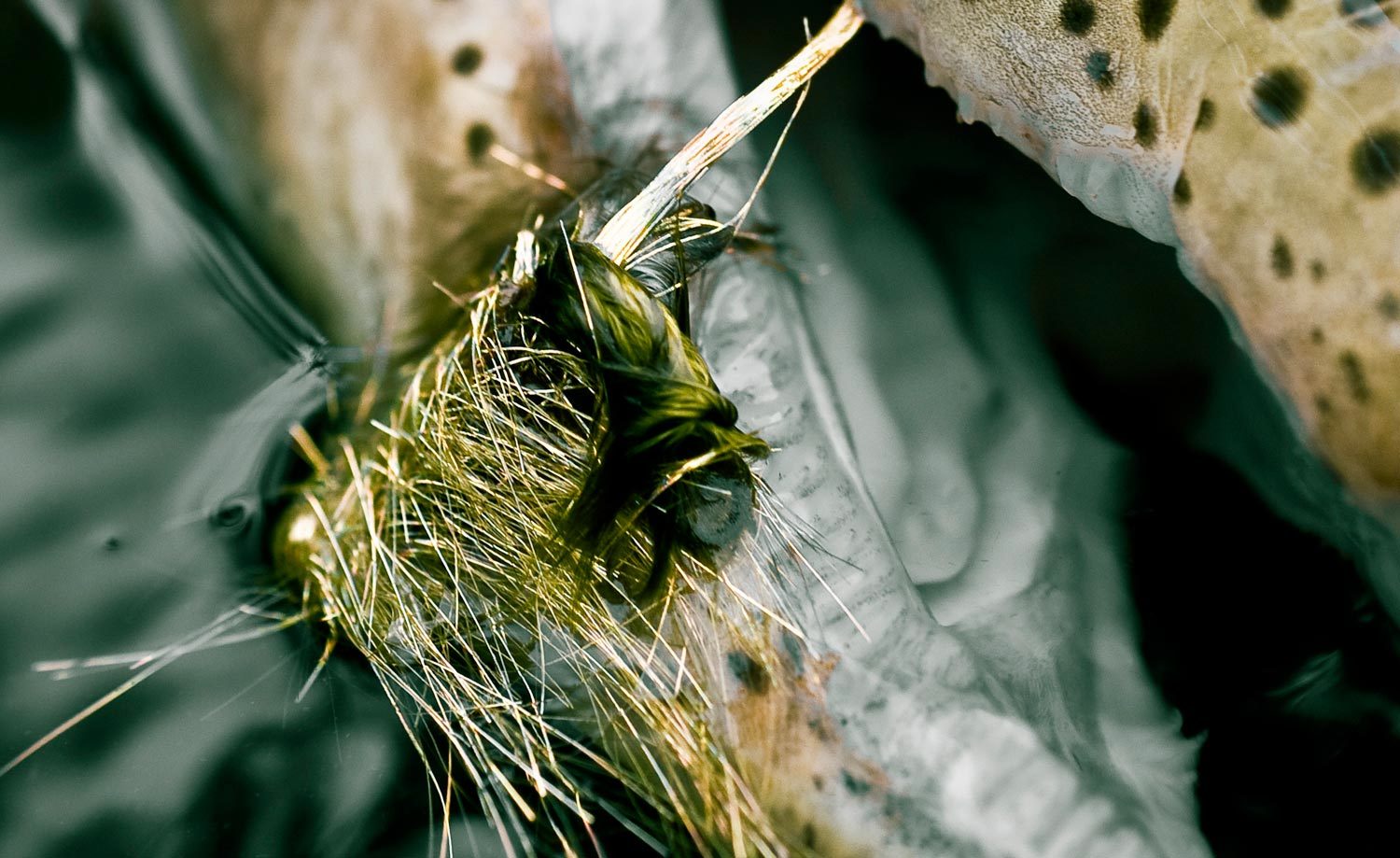
I fell in love with streamer fishing the very first time I cast one. All it took was me bringing one trout to the net on a size 6 white Zonker, and I was hooked. I’ll never forget that beautiful 15″ wild rainbow trout, that I caught and released on a ten foot wide Southern Appalachian blue liner up in North Georgia back in the 90s. I remember the tiny stream being too overgrown and tight for me to make traditional fly casts so I crawled down on a flat boulder, stripped out some fly line and dead drifted the streamer downstream into a pool. Nothing happened at first but I didn’t give up. Instead of retrieving the fly all the way in, like most anglers regularly do, I instead made a few strips in and then let the streamer drift back down into the pool. On my third attempt, that gorgeous wild rainbow trout hammered my streamer and I brought it into my net. I still use that downstream stripping and drift back technique quite a bit when it’s called for. It works equally well with nymphs and dries.
Read More »Sunday Classic / Choosing the Lens That’s Right You
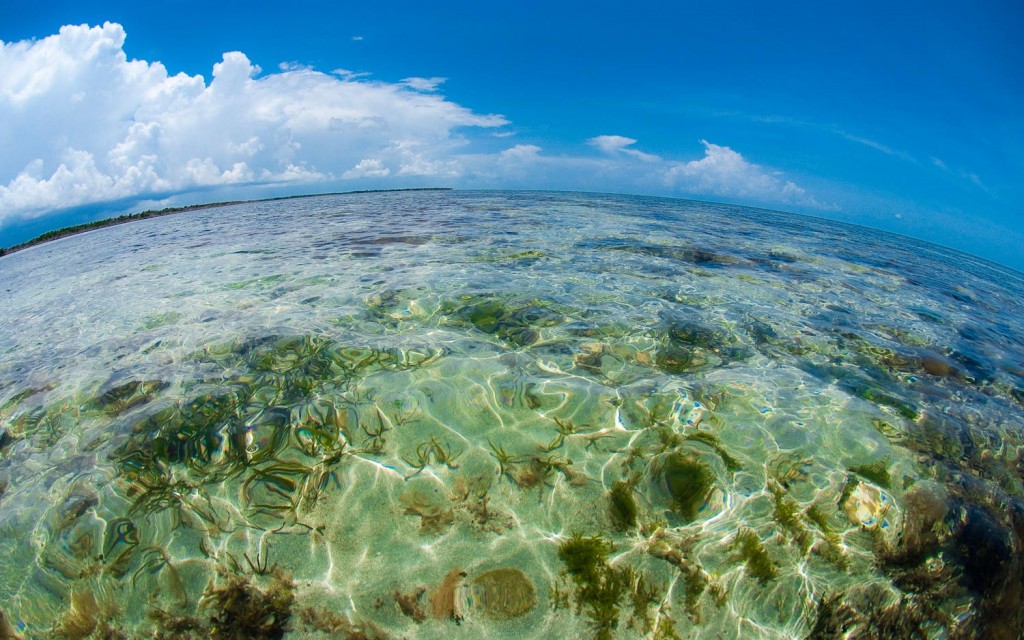
The most common camera question I get from my friends is “what lens should I buy.” My usual answer is, “the one that costs the most.” It’s a joke, but there is some truth to it. Here are a few tips on choosing a good lens that’s in your budget.
First of all you do get what you pay for and it’s better to save up and buy a good lens than to buy one that you will not be satisfied with and need to replace. Be wary of third party manufacturers. If you have a Nikon camera you are likely better off with a Nikon lens. The term “prosumer” means amateur. These lenses have poor glass and good marketing.
Modern zoom lenses are very good but no one lens can do it all well. Choose a zoom with a modest range like 24-70 not 18-200. Lenses with fast apertures like 1.8 can be wonderful for freezing action but a zoom lens with that kind of aperture will be very expensive. If a fast aperture is important to you you might consider a prime lens like an 85mm f 1.8.
Special purpose lenses like fish eyes are fun but a fish eye is a one trick pony, even if it is a pretty cool trick. A lot of guys see a cool photo taken with a fish eye and run out and buy one. They shoot with it all the time for the first month, then it lives in the bag. If you’ve got the cash, why not, but if your on a budget put that money towards a better quality wide angle.
The other question I get all the time is, “What’s your go to lens for fishing?” Hands down it’s
Read More »Saturday Shoutout / River of Gold
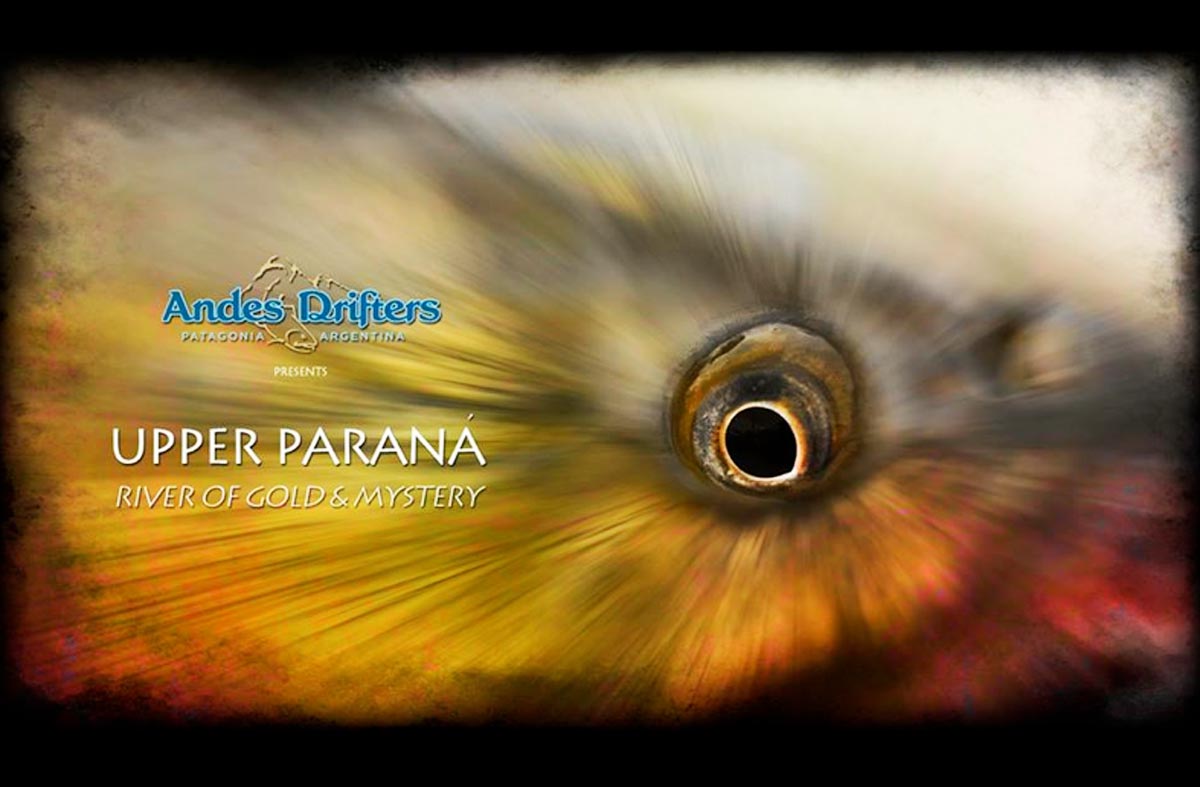
I MADE A PROMISE TO MYSELF, YEARS AGO, THAT I WAS NOT GOING TO MAKE A BUCKET LIST.
Meaning, that I wasn’t going to put off the things I wanted to do in my life until the end, counting on days I might not have. That said, I’ve had golden dorado on my mind for quite some time now. Big streamers and big hyper-aggressive predators crushing them? Where do I sign?
This film by Pablo Saracco, who I was fortunate enough to fish with in Argentina last year, isn’t helping one bit. In fact it’s gasoline on the fire. If you are not already obsessed with the idea of chasing these amazing fish, maybe you shouldn’t watch this. It isn’t going to be easy to forget.
I am so doing this trip! If you would like to join me, shoot me an email at hookups@ginkandgasoline.com. I’ll put something together.
UPPER PARANA, RIVER OF GOLD AND MYSTERY.
Read More »3 Dynamite Spey Rods For 2015
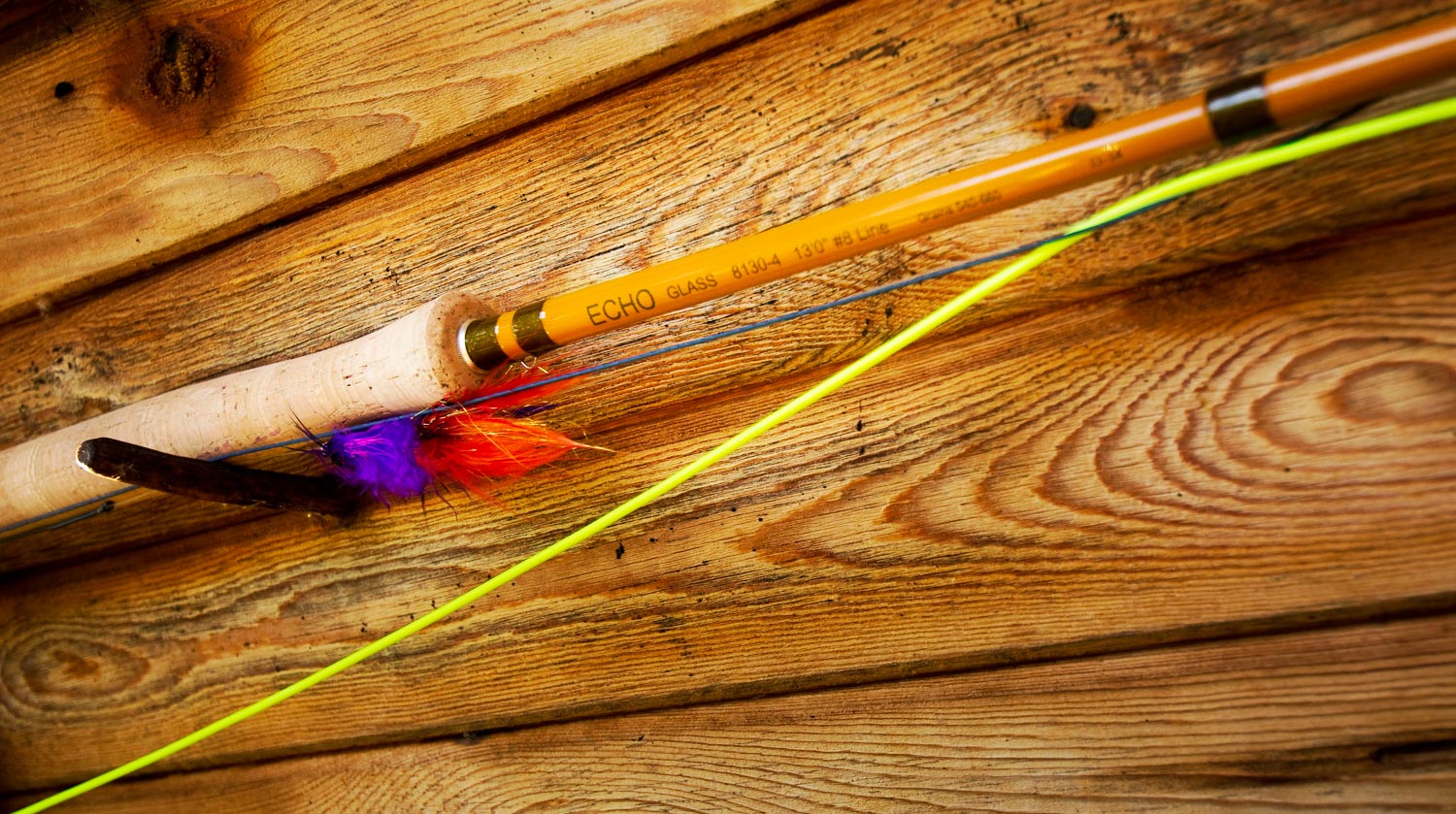
I’ve had the chance to cast a lot of Spey rods this year and 3 have earned my respect.
Whether I’m fishing switch rods for trout or full-on Spey rods for steelhead and salmon, I love swinging flies with two-handed rod. I only wish I got to do more of it. This year I’m trying to fix that and as a result I’ve had the chance to fish some really cool new rods and I’ve fallen in love with three of them. They are very different rods and I like each of them for different reasons. I’ll tell you what I like and why, and you can decide if one of these beauties is right for you.
ECHO GLASS 8130-4 13′ 8 WEIGHT $300
Fiberglass Spey rods? This was love at first sight. Fighting a fresh, wild steelhead on a fiberglass rod is a dream come true. The rod is beautiful and casts extremely well. It’s likely not what you expect. It’s not as slow as you might think and it packs a serious punch in the distance column. It does however, bend to the cork with a nice fish on, which is awesome.
Here’s the thing. I found that I loved fishing this rod when I dedicated myself to it. When that’s the only rod I carry and fish, I get in the groove and it’s a real pleasure. But if I’m taking several rods out for the day, switching up is tough. You have to really slow down with a glass rod and it takes me a minute to get my timing right. That’s not to detract from the rod, I guess it’s what you’d call a personal problem.
The Echo glass is not a niche rod. I’d feel perfectly comfortable going on a trip with nothing else. If you like glass rods and you like two-handers, I think you’ll love it. If you are used to a fast-action rod, just expect to spend some time working out your timing. Don’t cast it once or twice and make a judgment. I think most new Spey casters use too fast a stroke and this rod may well build better casting habits than a faster stick.
Get yours HERE!
SAGE 8136-4 13’6″ 8 WEIGHT $950
This rod truly surprised me. Having cast the single-hand one, I expected something completely different. This rod is as soulful as it is powerful. It’s capable of
Read More »Tarpon on the Fly: 10 Rookie Mistakes
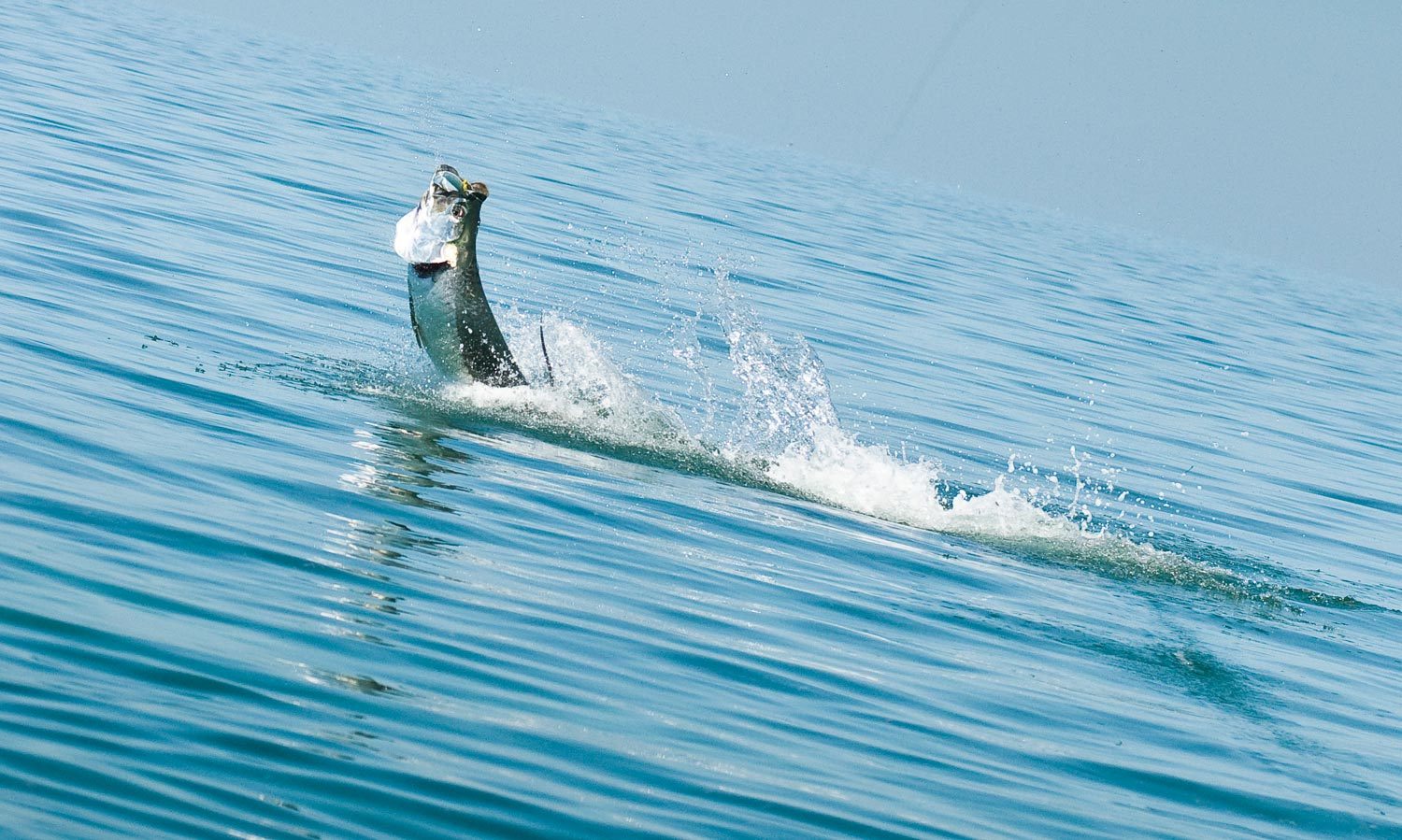
I’ll never forget heading down to the Florida Keys for my first fishing trip for tarpon on the fly. Cruise control set and adrenaline pumping through my veins, that fifteen hour drive south only felt like it took four hours. My rookie confidence was overflowing, leaving me zero doubt that I had the necessary fishing skills to step up to the challenge of landing a tarpon on the fly. After my first trip was completed and I played it all back in my head, I realized I could have been a whole lot more prepared. My guide Capt. Joel Dickey did his job. He put me on plenty of fish, I hooked up with a couple nice tarpon, but I never landed one because I made too many rookie mistakes on the bow. Below are 10 common mistakes I wished I would have taken the time to read over before I made my first tarpon outing.
Read More »Crossroads
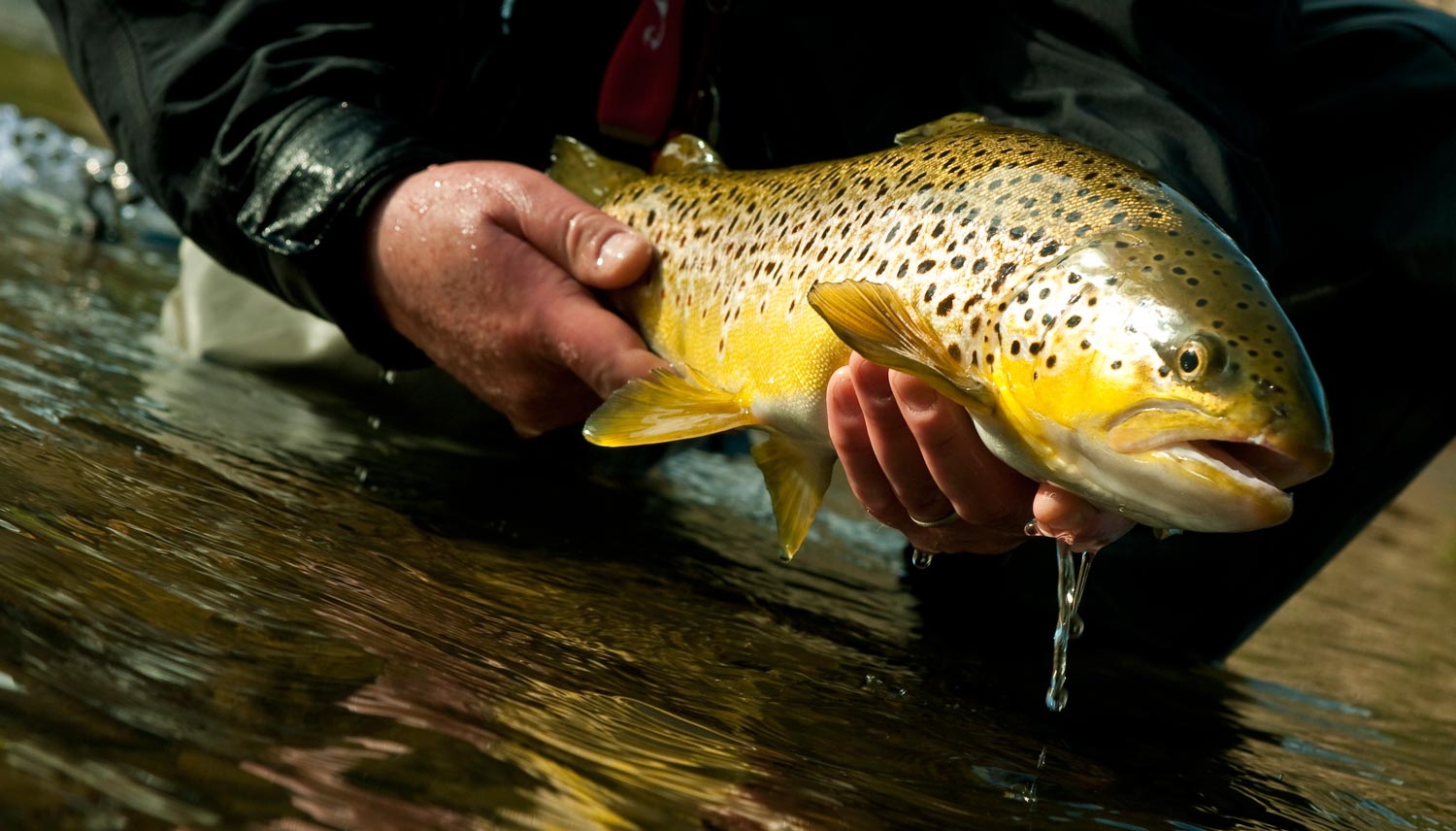
JUST A FEW DAYS AGO I FOUND MYSELF AT A CROSSROADS.
I had a day off from work and the usual “daddy duties,” which gave me the chance to get out and play a bit. Of course, being me, I decided to use that day to go fishing. No surprise there. After going over the short list in my head, I decided I would fish a rather popular trout stream in our area. I’m not a big fan of crowds or combat fishing, but the fact that this stream offers a steady stream of cold water, and lots of sight fishing, keeps me coming back.
Sometime after lunch that day, while approaching one of my favorite runs, I spot a large trout holding in the tail. Immediately, I get into to super ninja stealth mode and start planning my approach. It’s no doubt a big brown trout. I’ll have to double back and wade up to the run from below. Even then I’ll have to have my A-game with me. Doing anything otherwise would surely spook this wise, old trutta.
I was a little nervous as I stepped in downstream of the run. I swear it took me ten minutes to wade upstream all of twenty yards or so. Keeping a low profile, and staying quiet as possible, my only fear was that someone else would come along the trail and unknowingly spook this fish. Fortunate for me, this never happened though. And as I approached a large rock that I would use for cover, this big trout came into my view.
His back seemed thick as my thigh, and his length was impressive. Now I had caught some nice fish that day, but this big’un would surely be one of the largest I’d ever tangled with, dwarfing anything that I had brought to my net that day. This guy had certainly seen some flies float by in his day.
Scanning through my box, I pick out a couple of homemade flies, hoping that one of them will persuade him to eat. My rig is setup with a 5x leader tied to a #10 Turks with 6x tippet attaching a…. nymph of sorts. As I begin my first cast I know that I will only have a few shots before this trout will likely give me “the fin” and move on. There will be no false casting here, so I stripped line from my reel, letting the current take my flies from me. Once I had the right length of line out of the rod tip I executed a nice and easy water-haul to my target. The flies landed softly, beginning their drift down their intended path, and as they got to this trout’s discerning eye, he simply skated to the side and let them glide on by.
So here is where I came to this crossroads.
Read More »Proposed Bahamian Flats Fishing Regulations, A Deeper Perspective
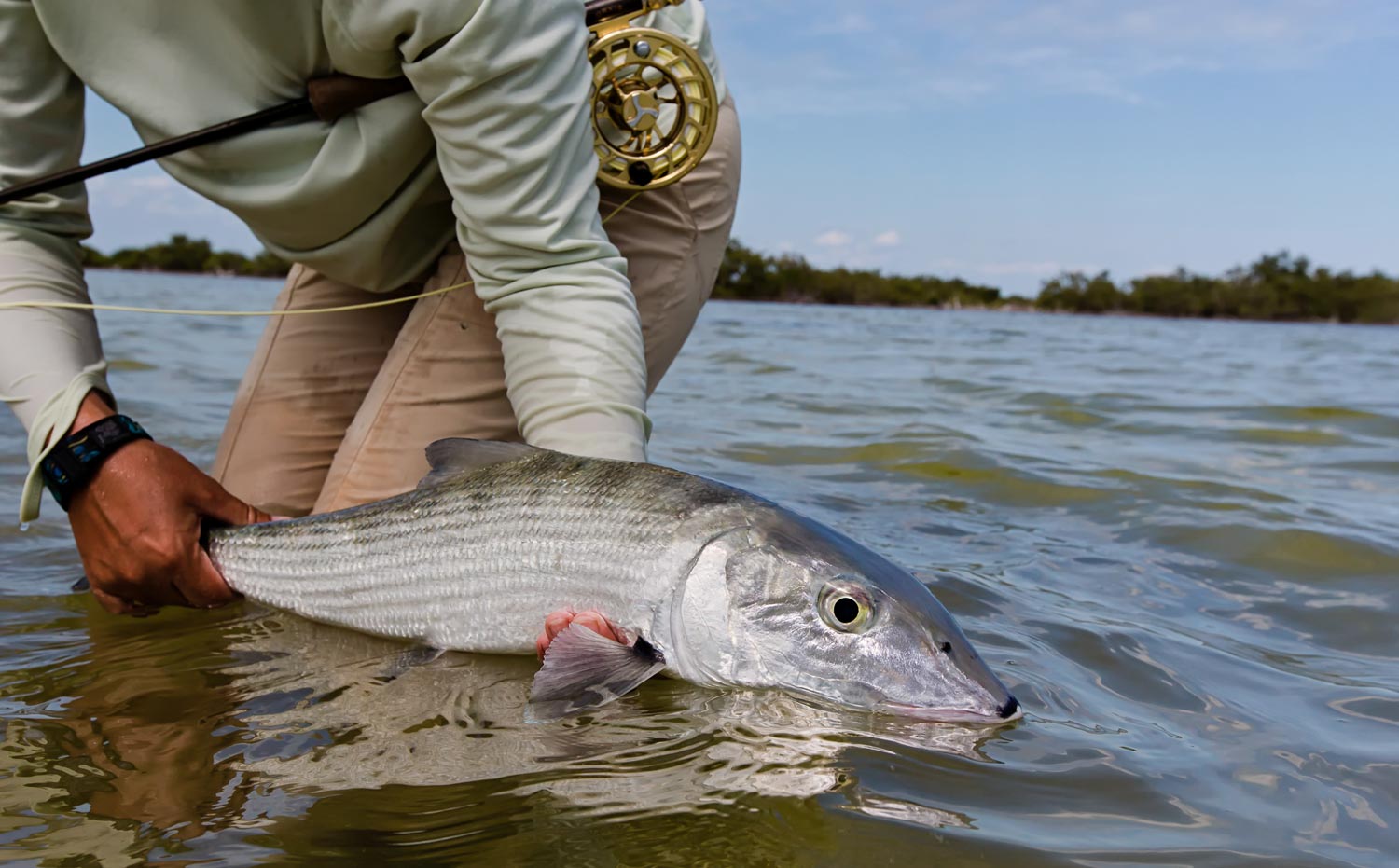
By Sarah Grigg
An Uncomfortable, Unexpected Fisheries Debate in The Bahamas
Some anglers compare fighting a bonefish on the line to wrangling a bat out of hell. Most would agree that few saltwater flats parallel those of the Bahamas for pursuing this species. Perhaps nowhere else on the planet could fishing incite heated international debate. But in the Bahamas, where silver scales translate to serious capital, the first-ever proposal of recreational fishing regulations has incited a volatile reaction among domestic and international stakeholders.
The Bahamas Flats Fishing Alliance conducted a 2010 study revealing that flats fishing (namely fly fishing) generated $141 million annually. The survey was conducted in the height of the U.S. recession and marked the worst year for destination angling. Fast forward to 2015, and those numbers have easily doubled. While not required by law, flats fishing is largely catch-and-release in practice, making it highly sustainable.
The Bahamas is an angling hot spot due to flexibility in options. Anglers may stay at all-inclusive lodges, rent accommodations and hire a guide, or participate in Do-It-Yourself (DIY) flats fishing, which is tremendously popular. DIY allows fishermen to access flats on foot and hunt bonefish on a open-ended schedule with few restrictions. Beyond the public lands and rivers of the U.S., sportsmen are hard pressed to find a hunting or fishing scenario in which they may venture without a guide to chase the quarry of interest.
There’s just one small hitch when it comes to recreational fishing here: there is no system in place to regulate it. Fishing licenses, game wardens, conservation funds fed by license fees . . . nonexistent. This lack of regulation is sorely backlit by the complex history of a recreational economy within a young country sitting a stone’s throw from a major world power.
Since Hemingway’s days at the Bimini Big Game Club in the 1930s, the Bahamas has grown as a preferred spot for Americans and Europeans. Into the 2000s, Bahamian fishing guides and lodges enjoyed great status. Recreational tourism was cranking. When the financial crisis hit in 2008, it knocked the stuffing out of the industry. Tourists simply stopped going.
For recreational fishing, everything changed. In some areas, independent guides who formerly hung a sign and stood in waiting by their boats suffered. As the U.S. bounced back, the Bahamas did not. Some guides saw self-directed, DIY anglers as would-be clients who would pay $500 to $600 daily to fish from boats. Furthermore, clients started to book online. If a guide or lodge operated as they did in the 90s, they suffered.
Additionally, fishing lodges with foreign- or mixed domestic-and-foreign- investment entered the playing field. With the influx of these operations, guides and family-run lodge operations felt the competition. Animosity roiled as some increasingly viewed lodges and DIY anglers as hurting their earning potential. A few disgruntled individuals slashed tires and scratched cars of DIY anglers. In 2011, aggression escalated to verbal confrontations and vehicles set aflame. Within this new playing field, whether a guide or operation sunk or swam was highly contextual, changing from island-to-island and depending on myriad factors.
Nevin Knowles, a descendant of the earliest Bahamian settlers, lives on Long Island–one of the remote Out Islands–and owns Long Island Bonefishing Lodge, a DIY assisted lodge. Mr. Knowles offers accommodations to guests and directs them to flats access points or, upon request, transports them to fishing spots by boat and drops them off for the day. If it weren’t for the DIY option, he’d be out of business. He explained, “I only offer assisted DIY because in Long Island, we don’t have the guide infrastructure to accommodate anglers. We drop you on the flats, but you have to do everything on your own. What we’ve found is that DIY is the future here.”
For Captain Philip Thomas, Jr. of Captain Phil and Mel’s Bonefishing Guide Service, many of the newer lodges present a challenge. “It is very difficult to compete with a lodge,” he said, illustrating his situation on Grand Bahama. “Every year, they can replace their engines, their boats, whatever they need to replace. Then my service looks inferior to the lodges, which have foreign investment. It is difficult to compete. And that is the bottom line.”
“Lodges and guides offer two very different products,” remarked Cindy Pinder, Vice President of the Abaco Fly Fishing Guides Association. “Not everyone wants to stay at an all-inclusive lodge. Many people want to rent houses. On Abaco, independent guides are booked as much as they want to be. All the independent guides have common core issues, but also very localized issues on their island.”
Amid this layered history, the issue of fishing regulations hovered. Bahamian and international stakeholders have long-suggested a system in which anglers may easily purchase fishing licenses online. With a streamlined process, locals and tourists alike could quickly pay for the appropriate timeframe–from three days to six months–and cover all associated taxes and conservation fund fees.
This spring, the Department of Marine Resources set out to draft regulations for recreational fishing linked to a conservation fund, to be adopted under the Fisheries Resources (Jurisdiction and Conservation) Act. The Department claims
Read More »Sunday Classic / Save Your Fingers Fly Fishing – Use Lycra Finger Sleeves
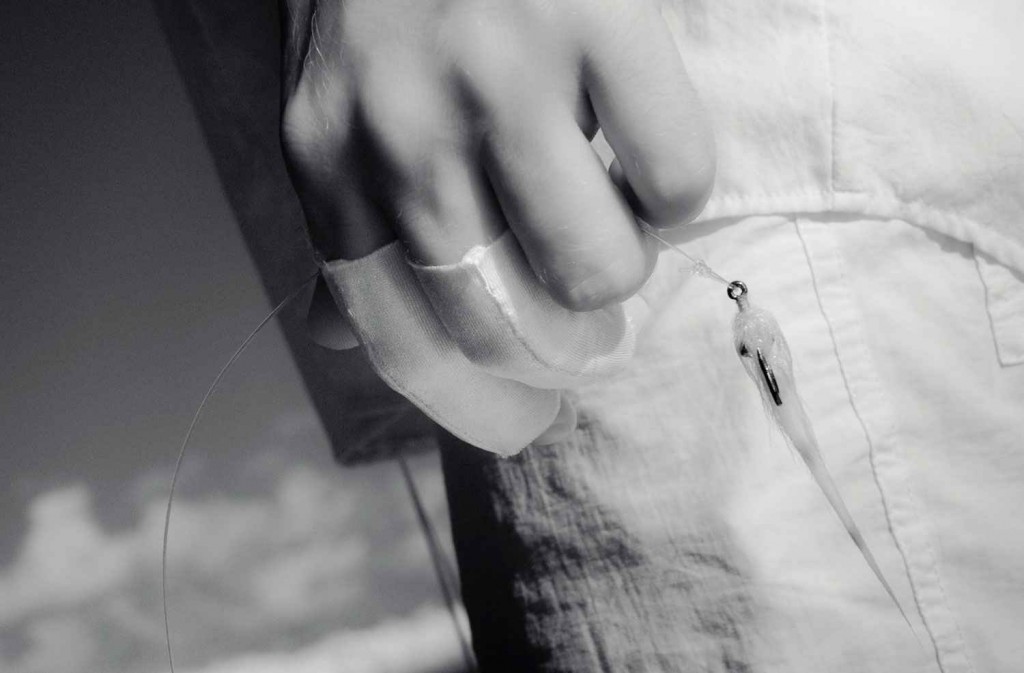
Today’s the day for a big fish.
It’s perfect streamer fishing conditions with overcast skies and there’s been lots of aggressive fish. I’m pounding the banks with my favorite streamer for thirty minutes when I notice the grit on my fly line is starting to agitate my fingers. The fly line feels like it’s coated in fine sandpaper from the silt and grit it’s picking up from the floorboard of the drift boat. I tough it out for another half hour, telling myself, be a man dude, but every fast paced jerk-strip retrieve has my fingers getting beat up even more. The fact that I’ve yet to land a fish only magnifies my discomfort. I’m willing to put up with the sore fingers if there’s a reward every once in a while but that’s not happening today, and I’m seriously considering yelling uncle and manning the oars.
Then there was my last saltwater fly fishing trip where I had botched two strip sets on tarpon back to back failing to get satisfactory hook penetration. My guide and partner both sighed in total disappointment, as I missed two perfect fish opportunities. I asked for forgiveness and promised them that my next eat would end in a perfect execution. An hour later my shot arrives. I present my fly, initiate my long slow strips, and my line comes tight as a big tarpon eats and turns away. I set the hook hard and hold on tight to my fly line. The hook buries but as the tarpon realizes it’s hooked, it screams off into the distance at full speed and rakes the fly line across my bare skin fingers. Instantly, I know I’m going to pay for holding onto the fly line too long, but I land the silverking beast, and it’s all worth it. After the victory cry, high fives, and adrenaline rush wears off, the throbbing sensation of chard fly line fingers begins. That’s when I silently ask myself the question, why didn’t you consider wearing finger protection dumbass?
Have you been in this situation before on the water? I’m thankful to admit it happens to me only on rare occasions these days. After scouring the web looking for a solution and talking with other fly anglers, I’m glad to inform everyone, I’ve found the perfect product that significantly eliminates finger chaffing. Ever heard of the fabric material Lycra? It’s basically a tight woven stretchy spandex material that can be sewn into finger sleeves that you can slide on and off with ease. They provide fantastic finger chaffing protection. I purchased my three finger set for
Read More »